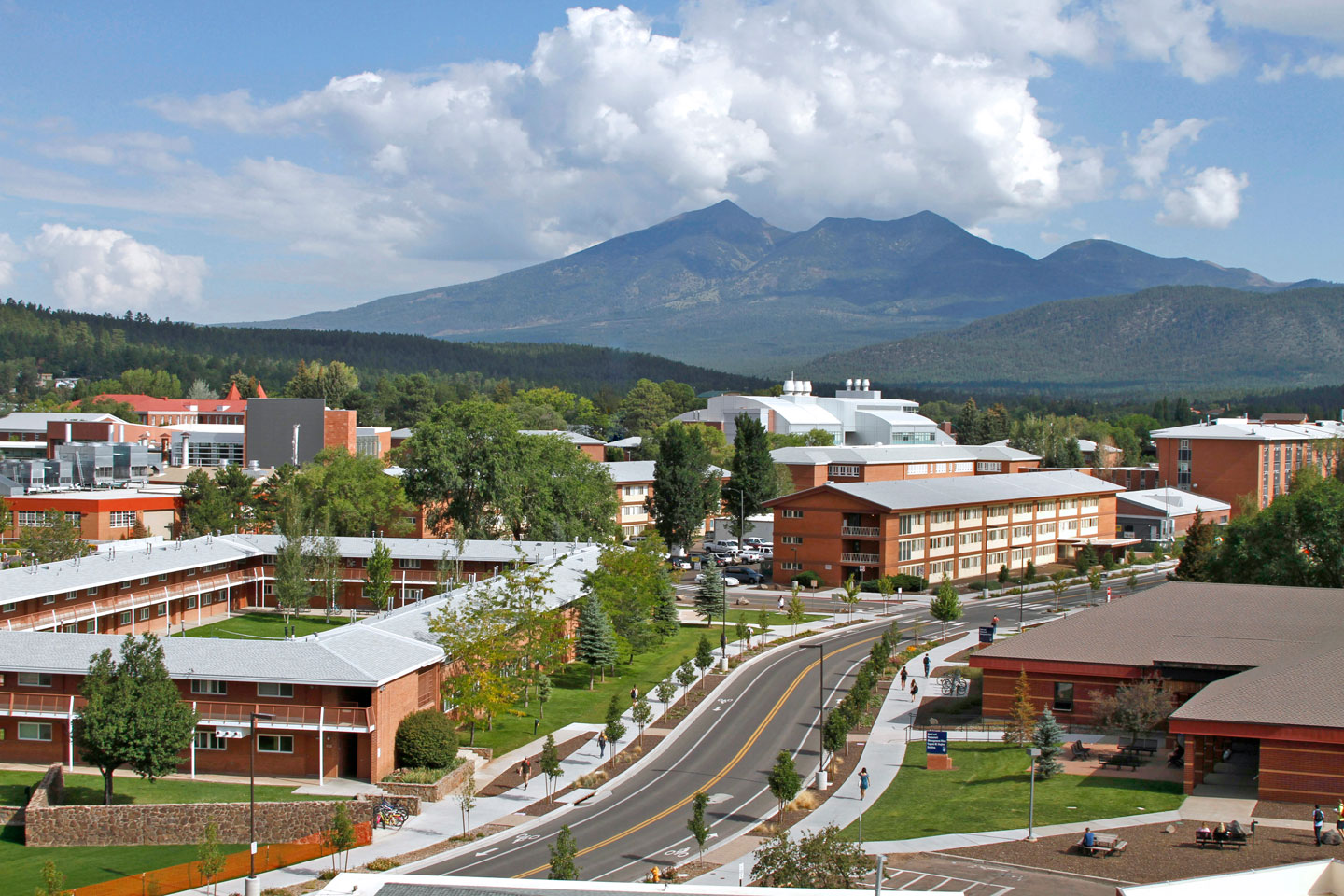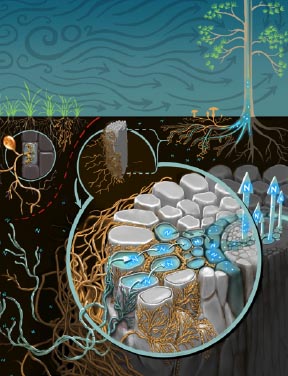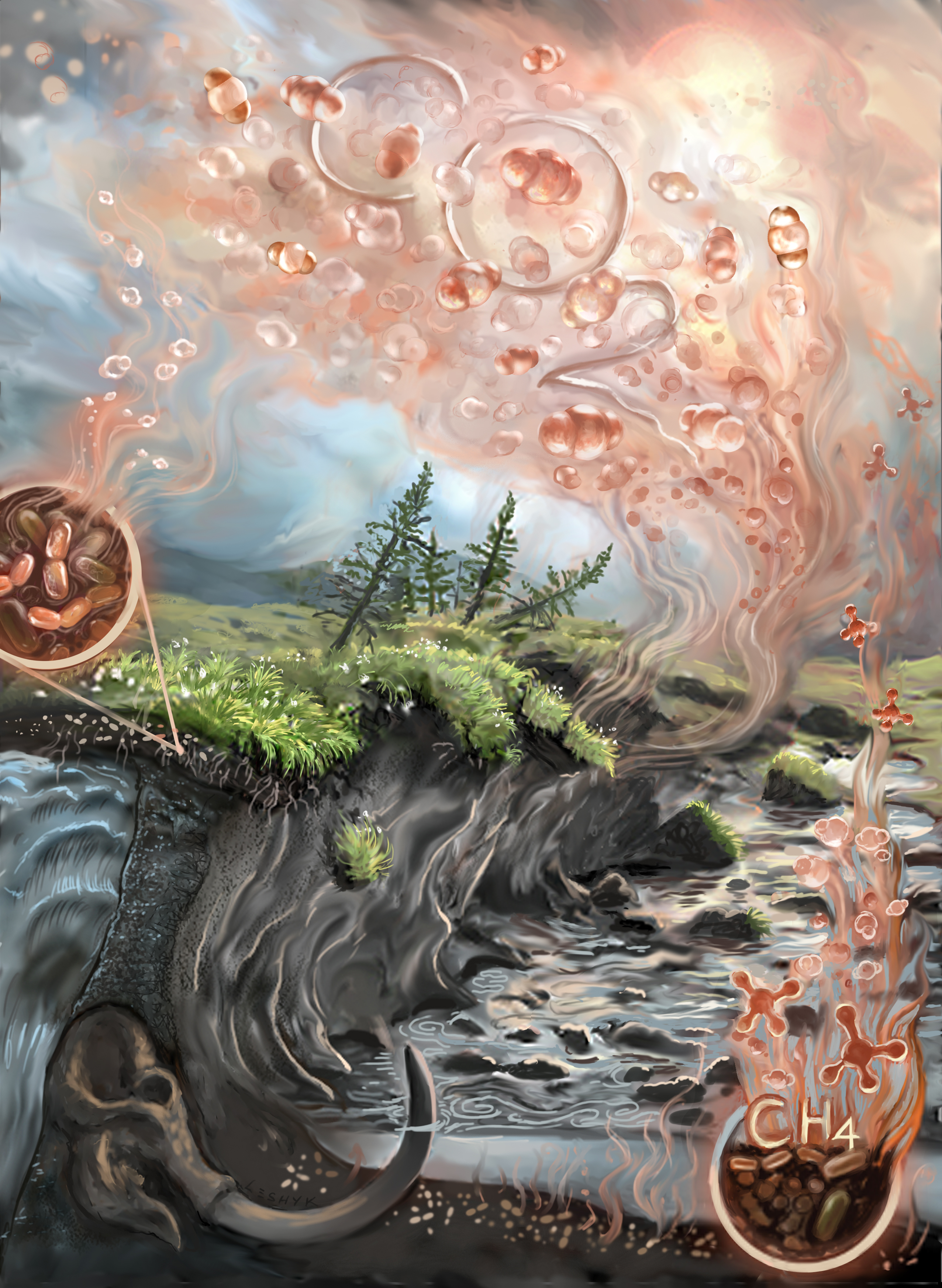Grad positions at ECOSS
PhD and MS positions in Ecosystem Ecology are available in the Center for Ecosystem Science in Society (Ecoss) at Northern Arizona University. The Ecoss mission is to conduct high-impact, innovative research on ecosystems and how they respond to and shape environmental change, to train next-gen scientists, and to communicate discovery […]



